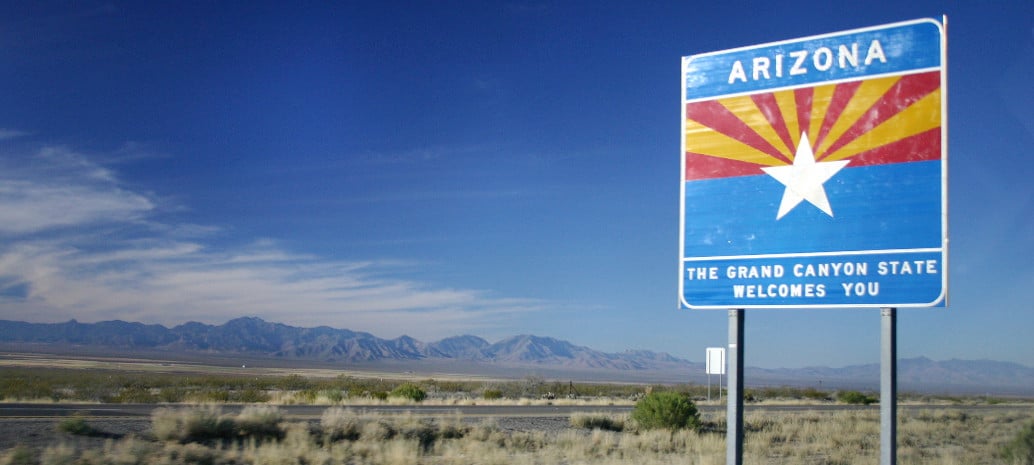The Arizona Corporation Commission (ACC), which regulates utilities in the state of Arizona, has been the site of some of the most heated and influential fights over the future of distributed solar in the United States.
Past and present ACC members have also been under scrutiny for potentially inappropriate relationships with the utilities they regulate, including by members of the ACC. These utilities, including Arizona Public Service and Tucson Electric Power have been generally hostile to net metering and the unchecked expansion of distributed solar – especially if they do not own it – while at the same time increasingly deploying more and more solar in large remote projects.
In this new landscape where utility-scale solar is pitted against distributed generation (DG), ACC Chair Doug Little has proposed a strong increase in the state’s renewable energy mandate to 30% by 2030, up from 15% by 2025, while removing a stipulation that 30% of the requirement come from DG.
“Any new rules should emphasize “least cost” principles allowing market forces and cost efficiencies to be the primary driver on the renewable energy technology selected to meet the standard,” explained Little in a memo. “At the same time, I believe the current rules are overly complex and can be dramatically simplified so that compliance will become more straightforward.”
Little also says that due to cost reductions in renewable energy, he believes that utilities can move to the new 30% standard “without undue impacts on ratepayers”. Electric cooperatives would be exempted form the new standard.
A new standard of 30% by 2030 would place Arizona in the mid-range of national renewable energy mandates, about the same level as Illinois. It is not as aggressive as the 50% by 2030 that has been set by California and New York, let alone the more ambitious policies in Vermont and Hawaii. However, it is far stronger than policies in other states such as Texas, not to mention the more than 20 states that have no mandatory renewable energy requirements.
And while Little wants to scrap the DG carve-out, he is considering incentivizing energy storage. “New technologies, like battery storage and other emerging technologies will be considered for addition to the (renewable energy mandate) and might be provided with programs to encourage adoption”.
Finally, Little took the opportunity to make some proactive policy suggestions in terms of future changes to DG valuation, stating that “more robust models based on grid services or locational marginal pricing” might be an option, as well as adjusting compensation for peak and seasonal variations.
This content is protected by copyright and may not be reused. If you want to cooperate with us and would like to reuse some of our content, please contact: editors@pv-magazine.com.









By submitting this form you agree to pv magazine using your data for the purposes of publishing your comment.
Your personal data will only be disclosed or otherwise transmitted to third parties for the purposes of spam filtering or if this is necessary for technical maintenance of the website. Any other transfer to third parties will not take place unless this is justified on the basis of applicable data protection regulations or if pv magazine is legally obliged to do so.
You may revoke this consent at any time with effect for the future, in which case your personal data will be deleted immediately. Otherwise, your data will be deleted if pv magazine has processed your request or the purpose of data storage is fulfilled.
Further information on data privacy can be found in our Data Protection Policy.